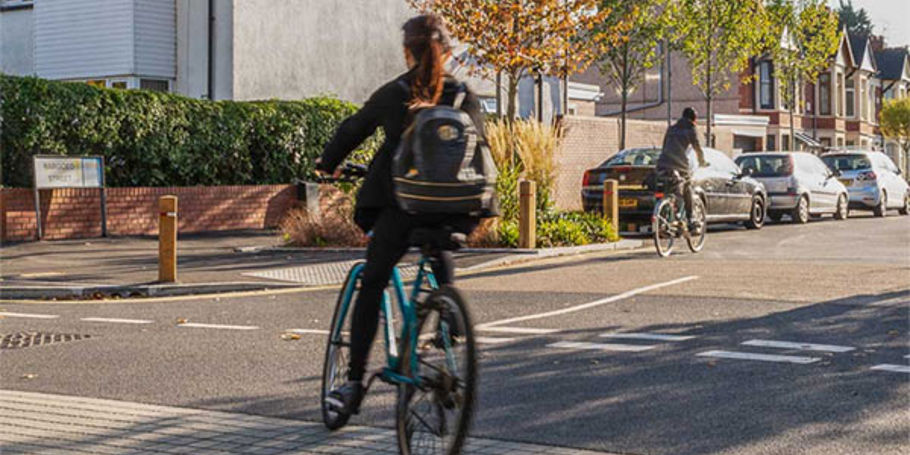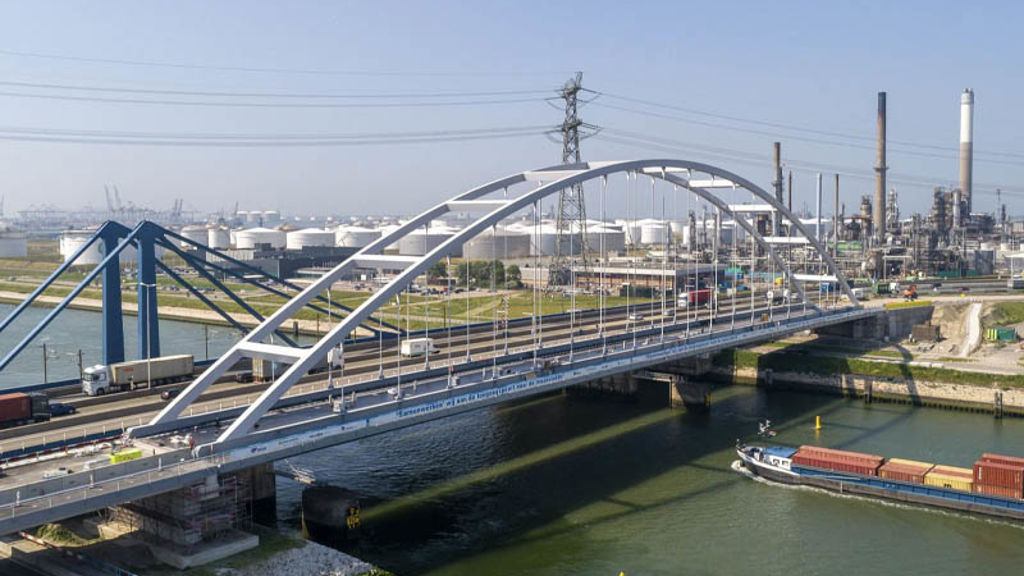New York’s Lower Hudson Transit Link (LHTL) programme is aimed at modernising and enhancing transit systems and operations on the I-287 corridor between Rockland and Westchester Counties.
This multimodal, multi-phase programme leverages strategies ranging from ramp metering and adaptive signal control to fibre optic communications that significantly improve the movement of traffic and enhance safety and sustainability. Our New York based integrated planning experts have led the programme throughout its development.
Our involvement in the I-287 corridor started in 2012, when we were asked to serve as technical director on the Mass Transit Task Force (MTTF). This 31-member panel was convened by Governor Andrew M. Cuomo to address mobility issues along the corridor. With our help, the MTTF developed the plan that ultimately became the Lower Hudson Transit Link. Officially launched in 2015, the programme is scheduled for completion in 2022. As the project reaches its construction milestones, LHTL is on track to reach its goals of improving the availability, accessibility, and quality of transit services in the Lower Hudson Valley. This will mean reduced travel times for buses and other traffic using the I-287 corridor and parallel Routes 59 and 119, giving increased access to jobs, housing, and other transport options.
A leading-edge Integrated Corridor Management system
In December 2020, Arup joined New York State’s Department of Transportation (NYSDOT) in celebrating a major project milestone—the establishment of LHTL’s sophisticated integrated corridor management (ICM) system. Featuring New York State’s largest intelligent transportation system (ITS), the ICM will help NYSDOT mitigate a range of traffic issues and increase capacity along the corridor without necessitating capital-intensive roadway expansions.
Improving efficiency, reliability, and safety
The project integrates a complex array of systems and infrastructure upgrades that work together to smooth traffic flow, reduce accidents, and improve pedestrian safety. The region’s first ramp meters have been rolled out, streamlining the flow of cars onto the highway and reducing accidents. Adaptive signal control (ASC) eases traffic congestion and improves safety, adjusting signal timing in response to changing traffic demands and patterns. The project has also deployed HAWK signals and flashing beacons to improve pedestrian safety.
When completed, the ITS will feature 124 new and upgraded traffic signals, 26 miles of fibre optic communications, 32 variable message signs (VMS), 117 detectors, 13 ramp meters, 42 CCTV cameras, 26 bus shelters, 2 HAWK signals, and 5 flashing beacons—all designed and with construction support from the Arup team.
Incorporating sustainability
The updated corridor increases the capacity and efficiency of the corridor’s transit network without widening its roadways and preserving green space, saving public dollars, and reducing pollution. For instance, high-capacity transit modes, like buses, receive priority signals at transit signal priority (TSP) locations. Buses can also use high occupancy vehicle (HOV) lanes on the ramp meters and drive on the Governor Mario M. Cuomo Bridge dedicated bus lane.
Connecting 26 miles of flexible, resilient transit network
Delivering an unprecedented increase in fibre capacity and geographic range, LHTL’s fibre optic network is designed with the future in mind. Arup developed the fibre network and ITS systems to make future NYSDOT expansions easier, as well as to support the trial and rollout of emerging technologies. To create this robust communications network, Arup helped facilitate agreements between several stakeholders, leveraging existing capital investments and identifying opportunities to help NYSDOT address a variety of construction and environmental constraints.








